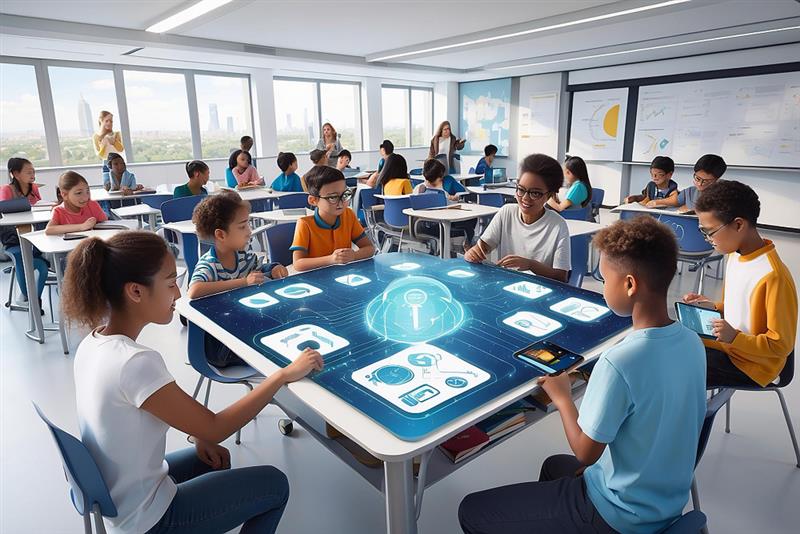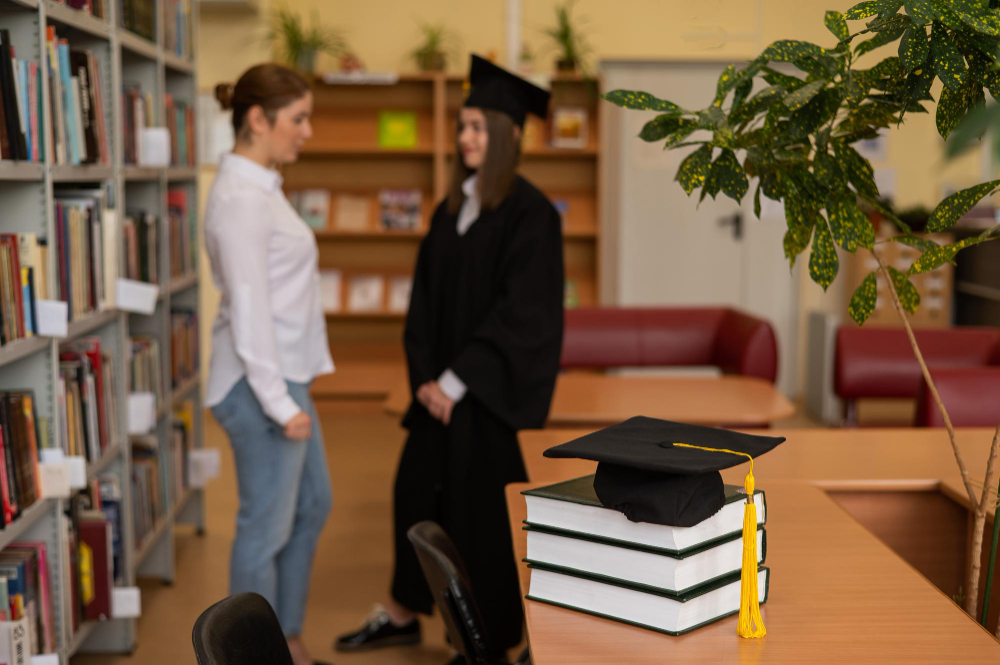Educators are always looking for new ways to promote student learning and growth. However, they often overlook the importance of their own professional development. Peer collaboration is an effective way to help educators build professional learning communities, leading to improved teaching practices and better student outcomes.
In this blog, we will look at what is peer collaboration, the importance of peer collaboration in professional settings, focusing on its impact and benefits.
What is Peer Collaboration?
Peer collaboration is the process of working together with colleagues to achieve a common goal. In the context of education, it involves teachers sharing their expertise, experiences, and resources to enhance their teaching practices. This process helps break down silos and creates a culture of shared responsibility.
Benefits of Peer Collaboration
Research has shown that peer collaboration leads to improved teacher morale, increased job satisfaction, and reduced turnover rates. When teachers work together, they can:
– Share best practices and expertise
– Develop new teaching strategies
– Improve student engagement and achievement
– Enhance their own professional growth
What are Professional Learning Communities?
A professional learning community refers to a team of educators who collaborate to enhance student learning. PLCs serve as a platform for educators to come together, share insights, and work collaboratively to improve teaching methods and student learning outcomes.
The foundation of a PLC lies in collaboration. When teachers work together, they can share useful tips, learn from each other, and solve classroom problems as a team. These communities are not limited to formal meetings but extend to informal interactions where educators engage in meaningful discussions, reflections, and knowledge-sharing.
Building Professional Learning Communities
To build a PLC, consider the following steps:
– Identify common goals and interests
– Establish a collaborative culture
– Encourage active listening and open communication
– Provide opportunities for professional growth
– Celebrate successes and learn from failures
Effective Peer Collaboration Strategies
1. Peer Coaching: Pair teachers with experienced coaches who can provide guidance and support.
2. Collaborative Planning: Encourage teachers to plan lessons and projects together.
3. Peer Observation: Allow teachers to observe each other’s classes and provide feedback.
4. Professional Learning Teams: Establish teams that focus on specific areas, such as literacy or STEM education.
5. Online Communities: Utilize online platforms to connect teachers and facilitate collaboration.
How to overcome the challenges in peer collaboration
While peer collaboration offers numerous benefits, there are potential barriers to consider:
– Limited time
– Resistance to change
– Lack of trust
– Different teaching styles
Now let’s see some ways to overcome the challenges
Building a Teamwork Culture at School
For peer collaboration to work well, schools need a culture that supports teamwork. School leaders can help create this culture by:
– Encouraging open and honest communication
– Building a sense of community among teachers and staff
– Asking teachers for their feedback and ideas
– Recognizing and rewarding teachers who work well together
Helping Teachers Adjust to Change
Some teachers might be hesitant to collaborate because they’re worried about time, expertise, or control. To help them feel more comfortable:
– Listen to their concerns and respond to them openly.
– Explain the benefits of collaboration
– Offer support and resources to help them collaborate
– Celebrate their successes and progress
Making Collaboration Last
To ensure collaboration continues to work well in the long term:
– Set clear goals and expectations
– Provide ongoing support and resources
– Encourage teachers to take leadership roles
– Regularly evaluate and improve collaboration efforts
Wrapping Up
Peer collaboration is a powerful strategy in building professional learning communities. Through working together, individuals can achieve greater success and foster a sense of community. This can improve their teaching practices, enhance student learning, and create a positive school culture.









